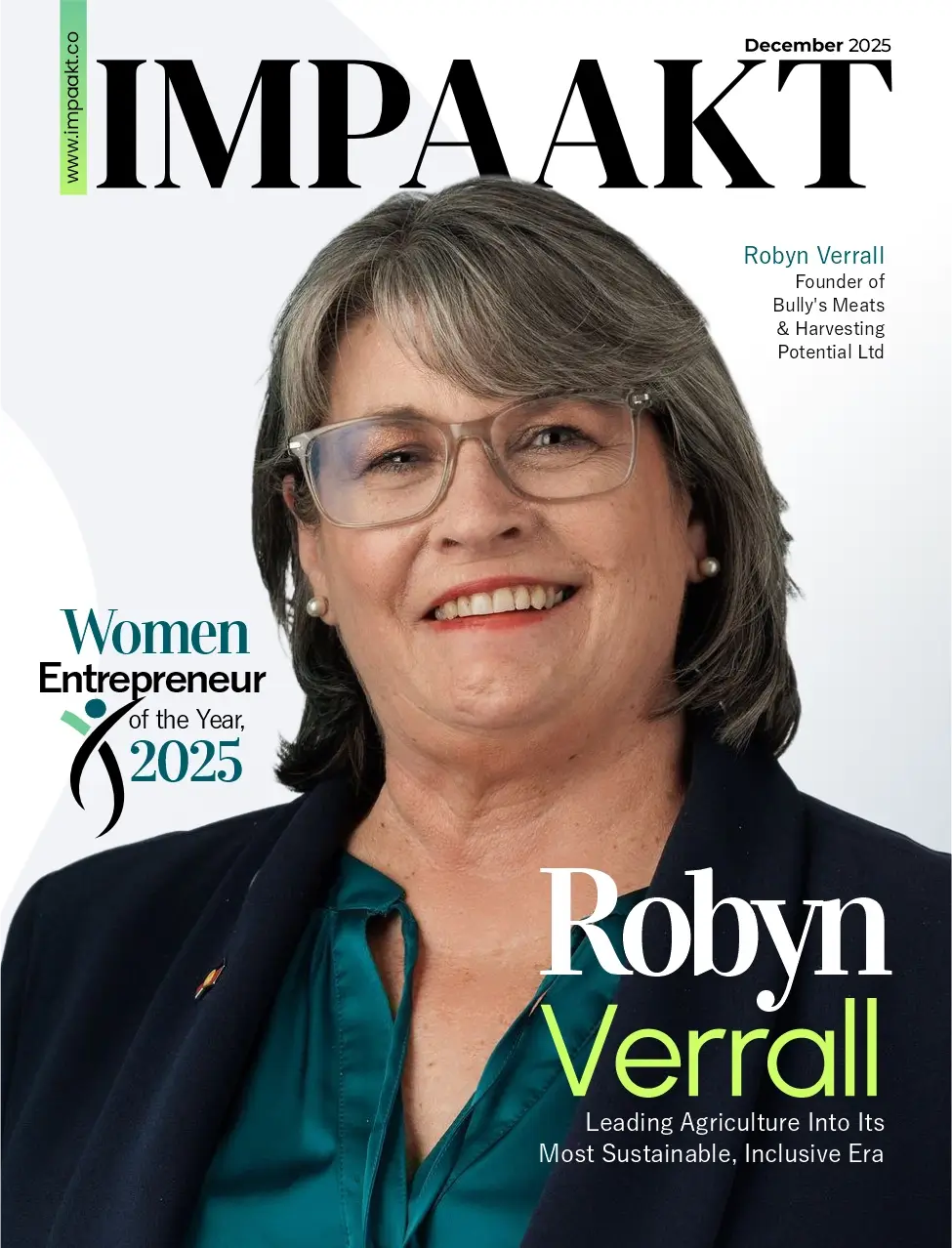The electric vehicle (EV) revolution is accelerating at a breakneck pace. Automakers are announcing multi-billion-dollar electrification roadmaps. Governments are setting ambitious deadlines to phase out combustion engines. Consumers are embracing EVs faster than many skeptics predicted. On the surface, the story is one of unstoppable momentum.
But beneath the headlines lies a silent, systemic challenge: what happens to the millions of EV batteries once they reach the end of their life? The industry has spent a decade racing to build batteries. Very little attention has gone into what happens when they die. Without a scalable, sustainable battery recycling system, the EV revolution risks trading one environmental crisis for another.
The Scale of the Problem
Lithium-ion batteries are the beating heart of every EV. They contain critical minerals such as lithium, cobalt, nickel, and manganese—materials that are costly, energy-intensive, and often ethically problematic to mine. Today, most of these minerals come from a handful of geographies, creating geopolitical vulnerabilities. For instance, the Democratic Republic of Congo supplies over 73% of the world’s cobalt, while China dominates lithium processing.
The average EV battery lasts eight to twelve years. As adoption scales, the volume of spent batteries will balloon. By 2030, experts estimate that more than 11 million tons of lithium-ion batteries will reach the end of their usable life. Without recycling, these batteries could become toxic waste, leaching chemicals into soil and water. With recycling, they could become a renewable source of critical minerals—slashing dependence on mining and stabilizing supply chains.
Why Recycling Matters for Business
Battery recycling is not just an environmental necessity—it is a strategic business imperative. Here’s why:
- Cost and supply security: Raw material costs for EV batteries have spiked due to demand pressures. Recycling can reduce reliance on volatile commodity markets by reintroducing materials into the supply chain.
- Regulatory compliance: Europe and China are already setting aggressive recycling mandates. Automakers that don’t prepare will face penalties, delays, or reputational damage.
- Brand leadership: As ESG pressures mount, companies that close the loop on batteries will be seen as sustainability leaders, attracting investors and customers alike.
- Circular economy advantage: Recycling allows automakers to build vertically integrated ecosystems—capturing value from battery production, use, and reuse.
In other words, recycling isn’t a side issue. It is a competitive differentiator.
The Technical and Economic Barriers
If battery recycling is so important, why isn’t it already mainstream? The answer lies in complexity. Recycling lithium-ion batteries is far more challenging than recycling traditional materials like aluminum or steel.
- Disassembly risks: EV batteries are large, heavy, and often glued together with flammable electrolytes, making them dangerous to dismantle.
- Material recovery inefficiencies: Current recycling methods often fail to recover lithium efficiently, focusing instead on higher-value metals like cobalt and nickel.
- Economics: Recycling is still more expensive than mining fresh materials in many cases, especially when commodity prices are low.
- Infrastructure gap: Few countries have the facilities or logistics networks to collect, transport, and process EV batteries at scale.
This explains why, according to some estimates, less than 5% of lithium-ion batteries are recycled today.
Early Signs of Progress
Despite these hurdles, innovation is underway. Startups and incumbents are experimenting with new technologies—hydrometallurgical processes, direct cathode recycling, and second-life applications. For instance, retired EV batteries are being repurposed for stationary energy storage, extending their useful life before recycling.
Some automakers are moving early:
- Tesla has invested in closed-loop recycling at its Gigafactories.
- Volkswagen has opened dedicated recycling plants in Europe.
- Chinese firms are developing large-scale facilities to comply with strict domestic regulations.
Investors, too, are waking up. Billions of dollars are now flowing into “urban mining”—the business of extracting raw materials from discarded batteries.
What Business Leaders Must Confront
Still, the gap between ambition and action remains vast. To close it, business leaders in the EV ecosystem must ask themselves hard questions:
- Are recycling strategies embedded in product design? Batteries designed for easier disassembly will be far cheaper to recycle.
- Is there long-term supply chain visibility? Without reliable access to recycled materials, cost and availability risks will persist.
- Are partnerships in place? Few companies can solve recycling alone. Collaboration between automakers, recyclers, governments, and tech innovators is essential.
- Is the business model sustainable? Recycling must shift from a cost center to a profit opportunity, enabled by scale, technology, and regulation.
These questions aren’t optional. They will determine which players thrive in the next decade of electrification.
The Circular Future of EVs
Imagine an EV industry where every battery mined is used, reused, and re-mined—where materials are circulated endlessly through vehicles, grids, and devices. This is not a utopian vision. It is the logical endgame of electrification. Without it, the EV transition risks stalling under the weight of raw material scarcity, environmental backlash, and regulatory bottlenecks.
In fact, the circular economy model could become the defining advantage of leading EV players. Those who invest now in recycling infrastructure, partnerships, and design innovation will own the future supply chain. Those who delay will find themselves dependent, exposed, and playing catch-up.
Conclusion: Closing the Loop is Non-Negotiable
The EV revolution has been celebrated as the clean alternative to combustion engines. But without addressing the afterlife of batteries, that promise is incomplete. The missing piece is recycling. It is not a side project or a CSR talking point—it is the foundation of long-term industry viability.
For investors, automakers, policymakers, and suppliers, the call to action is clear: build recycling into the core of your EV strategy today, not tomorrow. Because the future of electrification will not be defined by who builds the fastest car or the biggest factory. It will be defined by who closes the loop.
The question is not whether battery recycling will reshape the EV industry. The question is: who will lead the charge?
Discover more insights on EV battery recycling and sustainable business in IMPAAKT, the top business magazine for global leaders.











